How to Use a Foam Roller to Relieve Low Back Pain (Video)
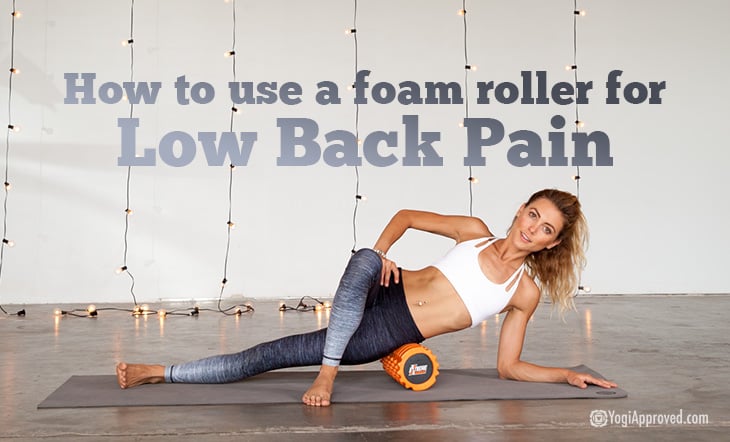
Using a foam roller for back pain is a great, low-cost way to relieve pain at home.
Low back pain is a very common issue that many people struggle with everyday. Yet as anyone with an active lifestyle knows, you need to be pain-free to get the most out of your physical activities, and for a better quality of life overall.
Lower back pain can originate from many causes. From sitting at a desk all day, time spent driving each day, and a lack of stretching, our sedentary lifestyles can take a major toll on the health of our spine. There are certain yoga poses that will help you find relief from back pain.
Foam rolling is another effective way to increase blood circulation to that area of the spine and help alleviate the tension and tightness that often contributes to low back pain so you can find relief.
Introduction to Foam Rolling
Foam rolling is one of the most common and effective methods of relieving muscle tension, myofascial release, and deep tissue massage.
In general, foam rolling is an excellent therapeutic tool for relieving tight muscles and creating more space in the body. Foam rolling is a great form of recovery for athletes, for post-workout recovery, and anyone with a sedentary lifestyle.
When you’re looking for a foam roller, you want one that’s high density with a textured surface (as opposed to flat/smooth). Ideally, you also want a foam roller with different textures, which allows you to target different areas of the body with varying levels of intensity.
The foam roller featured in this tutorial has two different zones – the first zone has raised nodules that feel like a massage therapist’s fingers, and the second zone features wider nodules that feel like the palm of the hand.
Why You Should Foam Roll
Fascia is connective tissue that covers and connects every muscle, nerve and bone in the body like saran wrap. Think of fascia like laughy taffy. When it’s warm, it’s malleable and flexible, but when it’s cold, it becomes extremely hard and tight.
Since your entire body is connected by this tissue, if you experience tension in one part of the body, it could be a result of tightness in another area. Foam rolling is an effective method of self-massage and myofascial release to reduce tightness, stiffness, and tension. If we do not take time to massage and release these connective tissues, they can begin to tighten which can eventually lead to pain in the body.
When we experience pain in the lumbar spine or low back, often times the pain is not actually originating from the back. Tight hips or tight glutes can contribute to or directly cause low back pain. So if you feel pain in your lower back, it could be due to tight hamstrings, hips, or glutes.
That’s why we’ll incorporate a series of foam rolling exercises that target all of these parts of the body to help relieve low back pain and help avoid it in the future.
Practice These Foam Rolling Exercises to Reduce Low Back Pain
When you’re ready to get started, remember to always listen to your body and take it slow. While foam rolling is an excellent therapeutic tool, it can also be really intense and can even cause pain when done incorrectly.
For people with more severe back pain (or for those who are first starting out), it’s important to be very mindful and gentle in the movements, and only deepen or progress when you feel ready and it feels safe in your body.
Breathe deeply, move slowly and deliberately, and back off if an intense sensation turns into pain or discomfort. Only you can feel the effects inside your body, so honor what your body is telling you, and find comfort in knowing that you are taking steps to feel better and find relief.

1. Lumbar Mobility
It’s important to avoid rolling directly on the small of your back, because this compresses the joints and makes the low back arch, which could add to your discomfort. Instead, try to angle yourself to the side and slowly roll up and down.
When you find trigger points, or points of added sensitivity, stay here and massage into that place for a few breaths and then move to another area. You can press into your feet and lift the hips to take some of the pressure off. If you’d like a bit more pressure, allow the hips to drop down slightly.
2. Supported Bridge Pose
Supported Bridge Pose is a wonderful restorative yoga pose that targets the lumbar spine. In a typical yoga class, you’d use a yoga block for this pose, but a foam roller works just as well!
Recline onto your back with your knees bent and feet on the floor. Lift your hips and place the foam roller directly beneath your low back. Gently allow your lumbar spine to relax into the foam roller. To back off, press into your feet to reduce the pressure. The more you press down, the less pressure you’ll feel.
3. Glutes and Piriformis
Tight glutes can contribute to tension or pain in the lower back. The piriformis muscle starts in the low spine and gets tight after long hours of sitting. Both areas can be targeted and released by using a foam roller.
Start sitting on the foam roller and planting your feet in front of you with your palms planted slightly behind you. Begin by rocking slowly up and down the length of your glutes, and then begin working into the side glutes by slightly shifting yourself onto each side.
Next, come into a seated figure four position and begin gently rolling up and down and side to side to target the piriformis muscle. Be sure to keep the lifted foot flexed to protect the knee joint.
4. Hip Flexors
The hip flexors are a commonly tight area for many of us. Much of this tightness is caused from long hours of sitting. Working into the hip flexors will alleviate tension and create more space in the hips, which in turn will help avoid triggering tightness in the low back.
Start on all fours and then slowly come down to the forearms. Lower your right upper hip crease onto the roller as your bring your right leg into a half frog shape and extend the left leg behind you. Keep your front shin parallel to the mat and your back left foot planted as you begin to roll gently up and down. Repeat on the other side.
5. Hamstrings
The hamstrings are a posterior thigh muscle, and a notoriously tight area for many of us. Hamstring tightness can limit the range of motion in the pelvis, which puts added stress on the lumbar spine and can lead to low back pain.
Start seated and bring the foam roller beneath your hamstring. Gently roll up and down with one leg extended and the other knee bent with your foot planted. Find any knots and gently rock your thighs side to side on that spot.
Make sure that you are rolling from the bottom of your seat to top of the knee – avoid rolling directly over the knee joint. If you’d like to go deeper, you can lift both legs off the ground, or cross one leg over the other to add more pressure.
Incorporate Foam Rolling Into Your Wellness Routine
Now that you’re equipped with these foam rolling exercises to relieve lower back pain, keep up the good work by making foam rolling a part of your wellness routine.
You’ll continue alleviating tension and creating space in the body, and as a result, you’ll reap the benefits of reduced pain, increased range of motion, and a greater sense of wellbeing overall.
Shop this Foam Roller
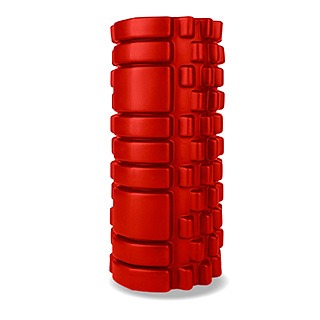
321 STRONG Foam Roller


This Month's Letter
From the Editor
Monthly motivation and food for
thought from our founder.



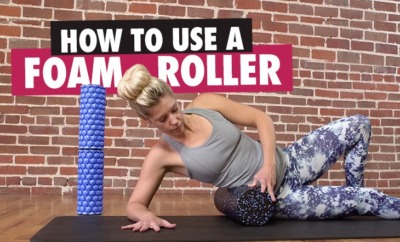
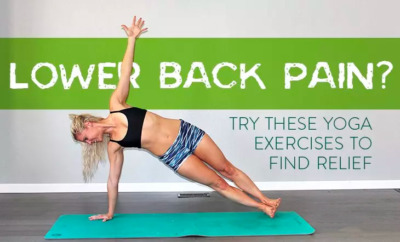
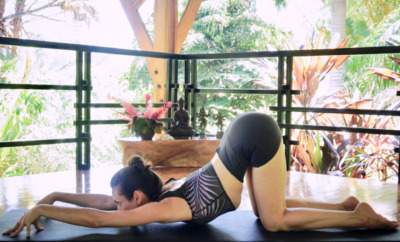
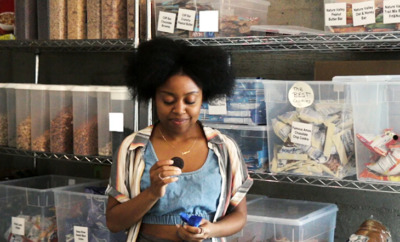
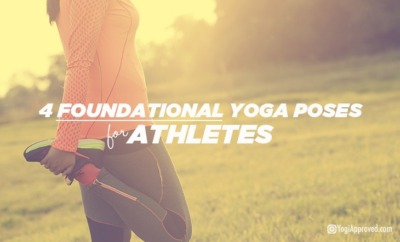



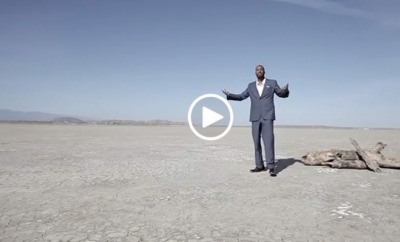


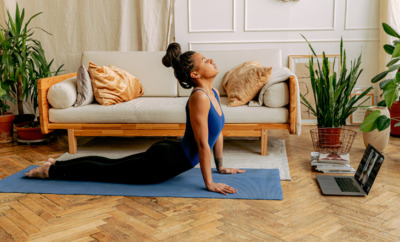








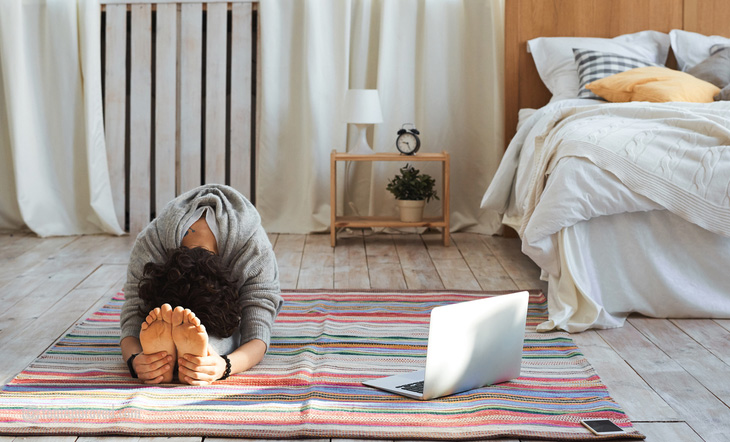
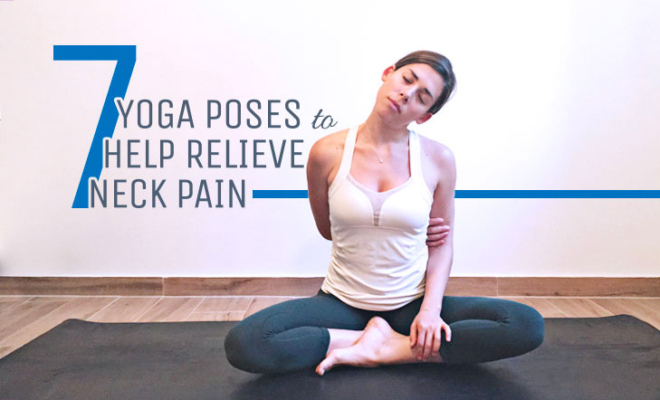




Comments